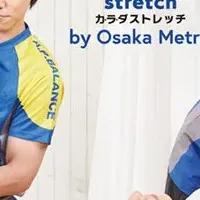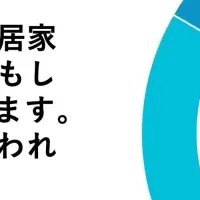
How to Prevent Common Summer Injuries in Kids: Safety Tips for Backyards, Pools, and Playgrounds
Understanding Summer Injury Risks and Prevention
As warmer months roll around, many families look forward to basking in the sun and engaging in outdoor adventures. However, numerous studies indicate that summer also brings a significant spike in injuries, especially among children. The American Academy of Orthopaedic Surgeons (AAOS) highlights alarming statistics: nearly 200,000 children under 15 visited emergency rooms in 2023 due to injuries sustained during common summer fun activities like swimming and playing on trampolines and playgrounds.
To help families keep the fun alive while prioritizing safety, the AAOS has compiled four essential safety tips that you can implement without much hassle.
1. Lawn Mower Safety: Trim the Grass Not Your Toes
Lawn mowing can quickly go from a simple chore to an emergency room visit if proper precautions are not taken. Research reports that approximately 143,000 individuals suffer lawn mower-related injuries each year. Here are steps to ensure you mow safely:
- - Protective Gear: Always wear gloves, goggles, long pants, and sturdy closed-toe shoes.
- - Avoid Bare Feet: Never mow without appropriate footwear, as sandals may expose your toes to potential harm.
- - Child Safety: Keep children and pets away from the working mower; kids should never ride on one.
- - Pre-Mow Checks: Clear your lawn of sticks, stones, or any debris before using the mower.
- - Safety Devices: Never disable blade guards or safety features on the mower.
2. Swimming Safety: Stay Alert In and Around Water
Swimming is a quintessential summer activity but poses numerous risks, particularly to less experienced swimmers. Drowning remains a leading cause of accidental deaths in children aged 1 to 4. To promote safer swimming conditions, consider the following suggestions:
- - Swim with Company: Never swim alone. Always visit supervised swimming areas.
- - Life Jackets: Encourage weaker swimmers to wear life jackets for added safety.
- - Shallow Water Safety: Always verify water depth before diving; it should be at least double the dive height.
- - Weather Alerts: Stay out of the water during thunderstorms or when currents are strong.
- - Alcohol Awareness: Avoid consuming alcohol by the poolside, as it impairs judgment and reaction times.
3. Trampoline and Bounce House Safety: Keep the Fun, Skip the Fractures
Trampolines and bounce houses are often the source of strenuous enjoyment for kids but come loaded with risks. According to Dr. Verena M. Schreiber from AAOS, flips can lead to critical injuries. To reduce these risks:
- - Adult Supervision: Always have adult oversight when children are jumping.
- - One at a Time: Ensure only one jumper is on the trampoline at a time.
- - Avoid High Tricks: Discourage somersaults and flips without proper training.
- - Ground Level: Always set up trampolines and bounce houses on level ground to lessen the risk of serious falls.
- - Age Restrictions: Do not allow younger children under 6 on standard-sized trampolines.
4. Playground Safety: Active Play with Adult Eyes Nearby
While playgrounds are pivotal for children's development, they can also be hotbeds for serious injuries. Many accidents involve broken bones or concussions. Help reduce those risks by:
- - Soft Surfaces: Choose playgrounds that feature shock-absorbing materials like wood chips or rubber mulch instead of concrete.
- - Proper Footwear: Ensure the children’s shoes are appropriate and secured.
- - Supervision Counts: Active supervision is crucial, as it’s one of the best protective measures against injuries.
By adhering to these guidelines, families can significantly minimize the chance of summer injuries and focus on creating memorable experiences without the worry of trips to the emergency room. For more extensive tips on injury prevention, visit OrthoInfo.org.
The AAOS, with over 39,000 members, stands at the forefront of advancing musculoskeletal health, providing rich resources to help professionals treat conditions effectively.
Topics Health)










【About Using Articles】
You can freely use the title and article content by linking to the page where the article is posted.
※ Images cannot be used.
【About Links】
Links are free to use.